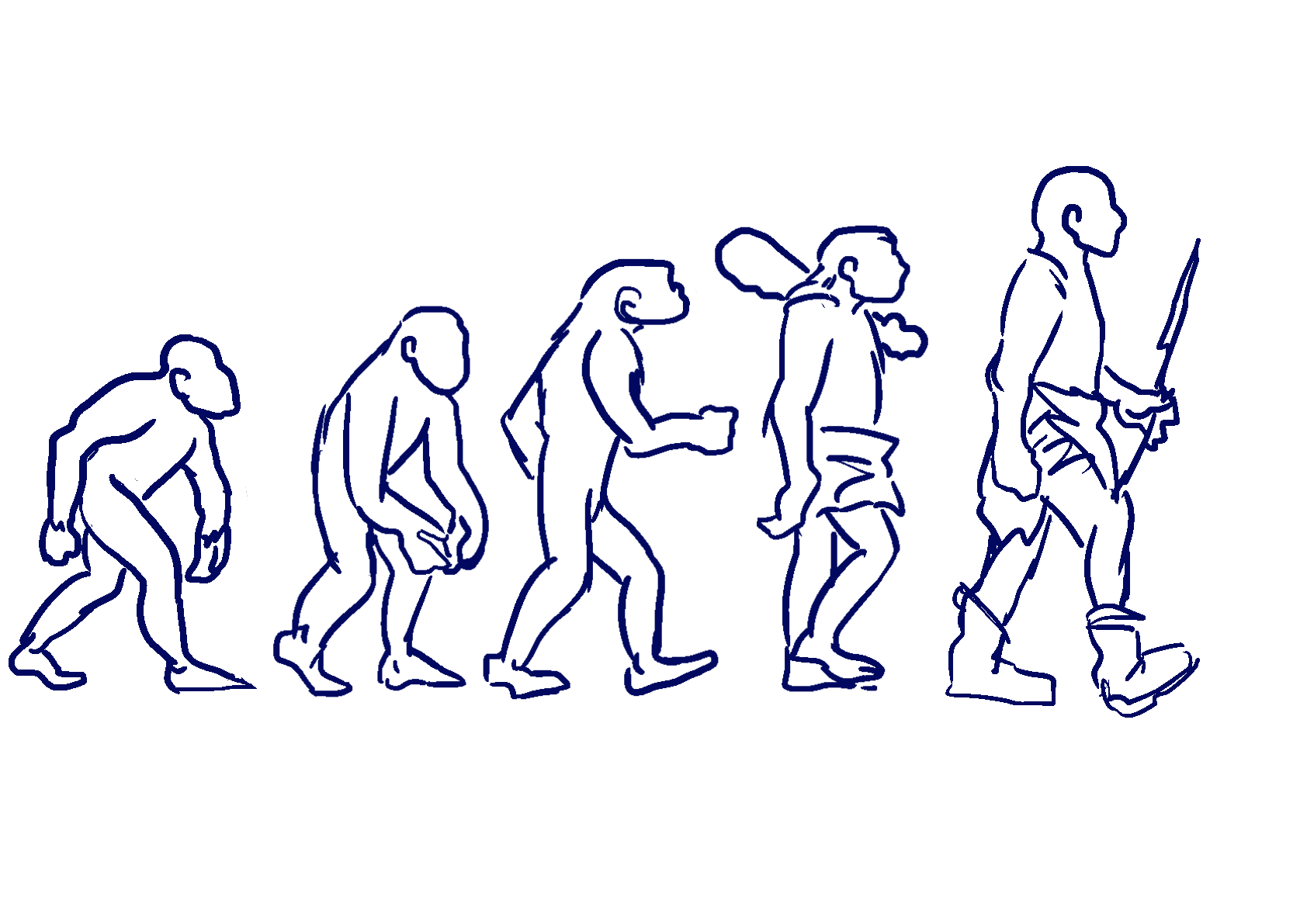The brain had to evolve

The human brain is the product of evolution. Does that matter for how it works? The instructions to build the brain – written in DNA – turn out to be more detailed for parts of the brain with a longer evolutionary history of retaining the same function. There’s been more time for biological trial and error to figure out the instructions to build specific structures tuned to specific functions.
Longer evolutionary history also tends to mean these instructions (or similar versions) are shared with other similar animals lying on the same branch of evolution’s family tree. In our case, that means in the branch of: vertebrates (backboned animals); sub-branch: mammals; sub-branch: social primates. A lot of the build plans are similar across similar species.
The general plan for building a body with a brain goes back a long way, perhaps 450 million years; the plans for brain cells – neurons, with their connections, electrical properties, and neurotransmitters – still further. As we’ll see, one bit of the brain is particularly enlarged in humans – the outer layer or cortex. In evolutionary terms, this greater amount of cortex is a recent addition. Therefore instructions to build components within the cortex are less detailed, and they depend more on development for their sculpting. By contrast, other bits of the brain, such as those responsible for the emotions, look almost identical in humans and chimpanzees.
Here are the top points to bear in mind about evolution.